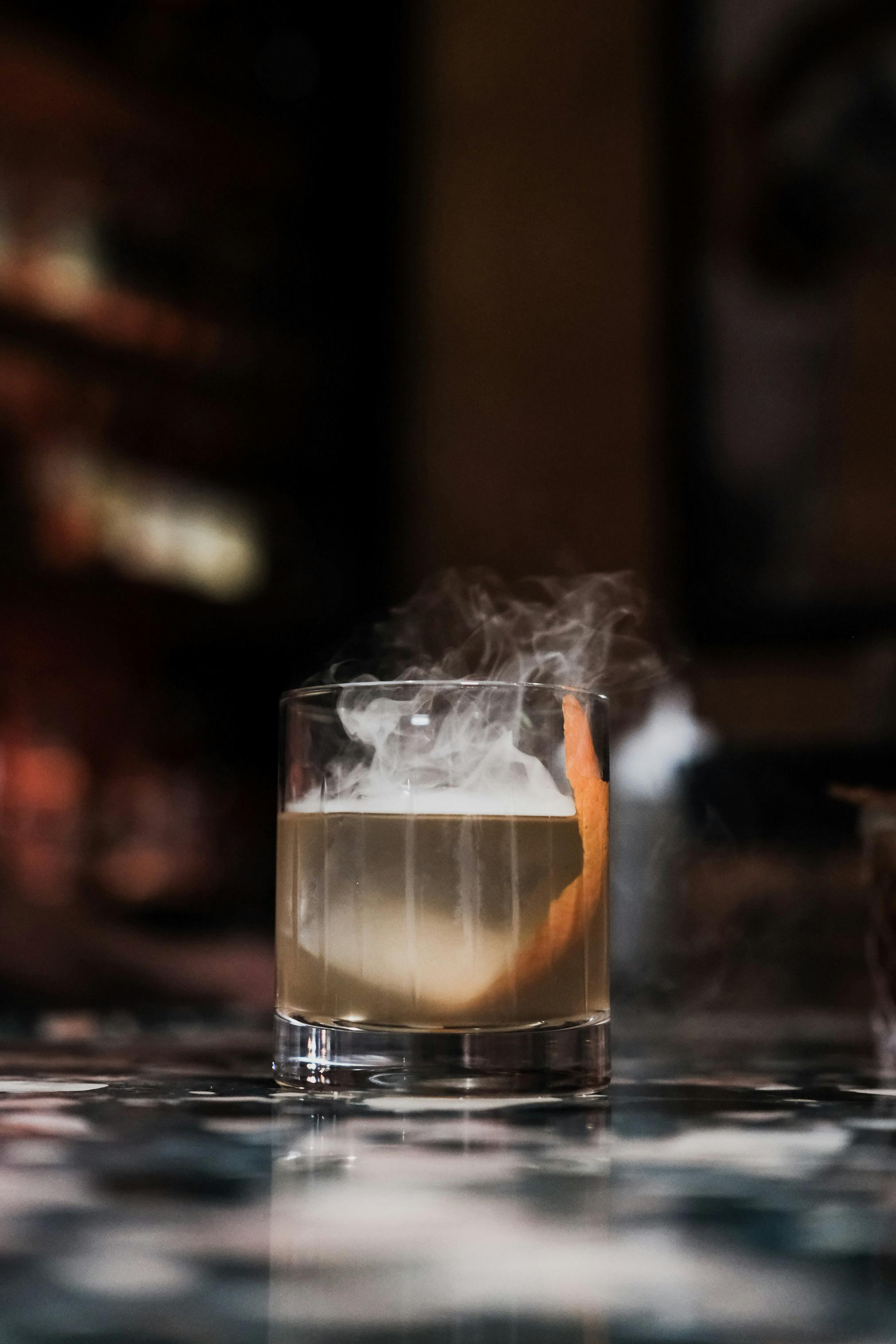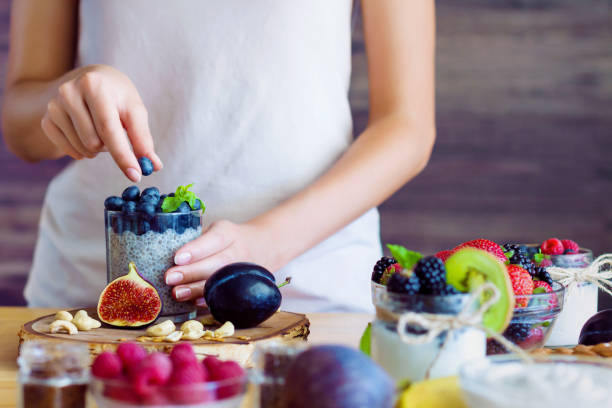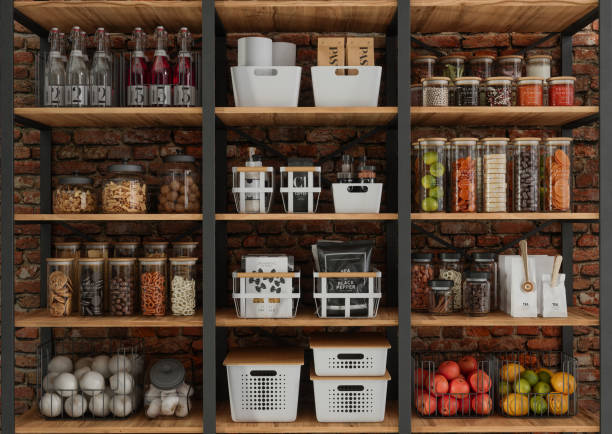Culinary Alchemy: The Art of Smoke-Infused Cocktails
Smoke-infused cocktails are taking the mixology world by storm, offering a sensory experience that goes beyond traditional drink-making. This innovative trend combines the art of cocktail crafting with the science of smoke, resulting in beverages that tantalize both the palate and the eyes.

The type of wood used for smoking plays a crucial role in the final flavor. Hickory imparts a bold, bacon-like essence, while applewood offers a sweeter, more delicate smoke. Mixologists often experiment with different wood chips, herbs, and even tea leaves to achieve unique flavor combinations that complement the base spirits and other ingredients in their cocktails.
Temperature also affects the smoke infusion process. Cold liquids tend to absorb smoke more readily than warm ones, which is why many bartenders chill their glasses or use ice in their preparations. This technique ensures that the smoke’s flavor is captured effectively, resulting in a more pronounced smoky character in the finished drink.
Tools of the Trade
To create smoke-infused cocktails, mixologists employ a variety of specialized tools and techniques. The most common method involves using a smoking gun, a handheld device that burns wood chips and directs the resulting smoke into a container with the cocktail ingredients. This allows for precise control over the amount and intensity of smoke infused into the drink.
Another popular tool is the smoke box, a enclosed container that traps smoke with the cocktail components. This method allows for a more prolonged exposure to smoke, resulting in a deeper infusion. Some innovative bartenders even use custom-built smoking chambers or repurposed kitchen equipment to achieve their desired effects.
For those looking to experiment at home, simpler methods exist. A kitchen torch can be used to char wood chips or herbs, creating smoke that can be captured under an inverted glass. Alternatively, a tea strainer filled with smoldering wood chips can be used to direct smoke onto the surface of a prepared cocktail.
Flavor Pairing and Balance
Creating a successful smoke-infused cocktail requires a delicate balance between the smoky elements and the other flavors in the drink. The key is to complement, not overpower, the base spirit and other ingredients. Smoky flavors pair well with rich, full-bodied spirits like bourbon, scotch, and mezcal, as well as with sweeter components that can offset the intensity of the smoke.
Citrus fruits, such as lemon and orange, can brighten a smoky cocktail and prevent it from becoming too heavy. Herbal notes from ingredients like rosemary or thyme can add complexity and depth. Sweet elements, such as honey or maple syrup, can round out the flavor profile and create a more balanced drink.
Mixologists often use smoke as a finishing touch, adding it just before serving to create a dramatic presentation and ensure that the smoky aroma is at its peak when the drink reaches the customer. This technique also allows for better control over the intensity of the smoke flavor, preventing it from becoming overwhelming.
Presentation and Showmanship
The visual appeal of smoke-infused cocktails is a significant part of their allure. Many bars and restaurants have embraced the theatrical aspect of these drinks, turning the preparation into a performance that engages all of the customer’s senses. From smoke-filled cloches to tableside smoking rituals, the presentation of these cocktails can be as important as their taste.
Some mixologists use colored smoke to add an extra visual dimension to their creations. This can be achieved by burning different materials or using food-safe dyes. The result is a drink that not only tastes unique but also provides an Instagram-worthy moment that customers are eager to share.
The glassware used for smoke-infused cocktails is often chosen to enhance the overall experience. Clear glasses allow patrons to watch the smoke swirl and dissipate, while specially designed vessels can trap the smoke, releasing it dramatically when the drink is served or sipped.
The Future of Smoke Infusion
As the trend continues to evolve, mixologists are pushing the boundaries of smoke infusion techniques. Some are experimenting with cold-smoking liquids before mixing, while others are creating smoke-infused syrups and bitters to add complexity to their cocktails. The use of different smoking materials, from teas to spices, is opening up new flavor possibilities.
The concept of smoke infusion is also expanding beyond cocktails. Chefs are incorporating similar techniques in their culinary creations, from smoke-infused oils and salts to smoked garnishes that complement both food and drinks. This cross-pollination between the bar and the kitchen is leading to exciting new taste experiences for diners and drinkers alike.
Useful Tips & Facts
• Always use food-safe wood chips or herbs for smoking cocktails.
• Start with a light smoke infusion and gradually increase intensity to find the perfect balance.
• Chill glasses before smoking to enhance smoke absorption.
• Experiment with different wood types to discover unique flavor profiles.
• Consider the base spirit’s characteristics when choosing smoking materials.
• Use a lid or cover to trap smoke and intensify the infusion process.
• Clean smoking equipment thoroughly between uses to prevent flavor contamination.
As smoke-infused cocktails continue to captivate drinkers worldwide, they represent a perfect blend of tradition and innovation in mixology. By combining time-honored smoking techniques with modern cocktail craftsmanship, bartenders are creating drinks that offer a multi-sensory experience. Whether you’re a seasoned cocktail enthusiast or a curious newcomer, exploring the world of smoke-infused beverages promises to be an exciting and flavorful journey.





